For centuries, Indians have held Rama to be the perfect man: unfailingly noble, utterly poised, fearless and strong, wise, compassionate and free from anger, a just ruler and an implacable foe of all wrongdoers. Countless others worship Rama as an avatar, a human incarnation of Lord Vishnu born to vanquish the forces of evil and establish a kingdom of perfect justice and harmony upon the earth. The Ramayana, one of lndia’s greatest epics, lovingly unfolds the story of Rama’s life. Ever since its original composition in Sanskrit by Valmiki—possibly over 3,000 years ago—it has grown to be an all-pervasive and hugely-loved part of Indian life and ethos. Millions read it, re-read it, and revere it as a scripture. It is the perennially favourite bedtime story for children. And each autumn, Rama’s victory over the mighty demon-king Ravana is celebrated through plays and dance-dramas in cities, towns and villages across the land. There is much festivity: crackers are exploded, sweets distributed and all houses are lit up in tribute to Rama.
R.K. Narayan’s Ramayana is inspired by a Tamil-version of the epic written by an eleventh century poet, Kamban. It offers the reader a compact yet unhurried retelling of this great epic, and succeeds marvellously in evoking its literary lustre which has shone undimmed through the centuries.

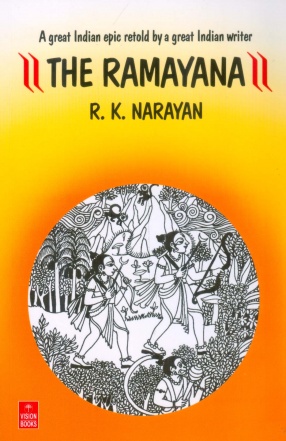
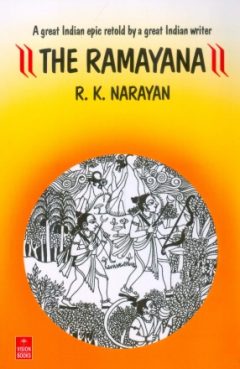
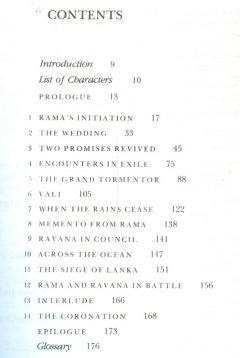
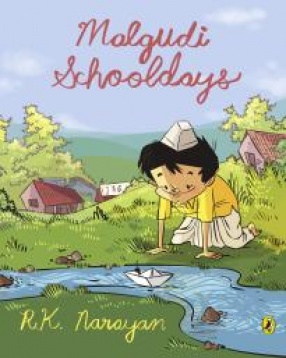
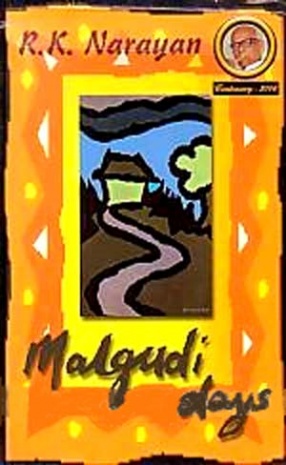
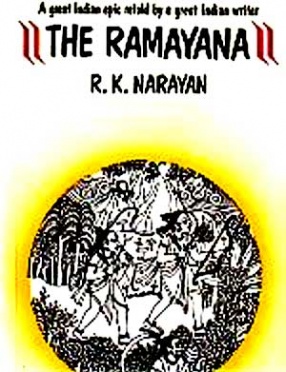
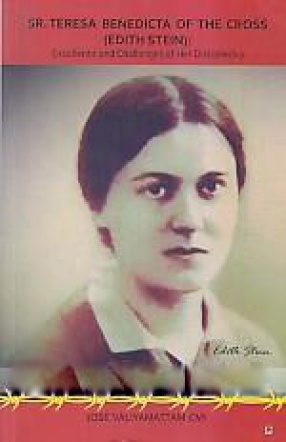
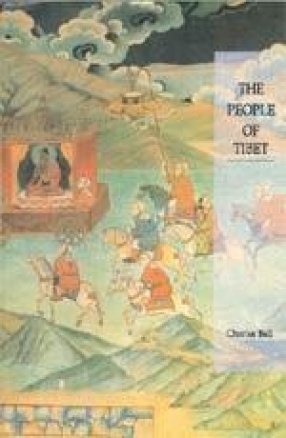

There are no reviews yet.